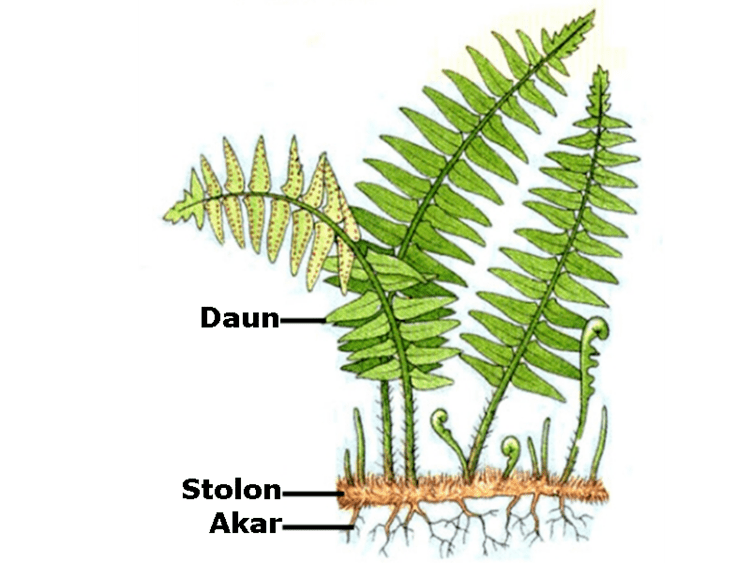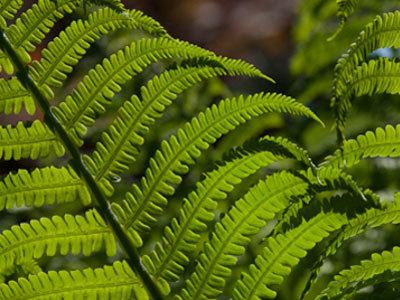 | ||
Representative species Salvinia natans, Dicksonia antarctica, Marsilea crenata, Salvinia adnata, Azolla filiculoides | ||
Learn about plants pteridophytes
A pteridophyte sensu lato is a vascular plant (with xylem and phloem) that reproduces via spores, and therefore was a member of the former and now invalid taxon denominated Pteridophyta; the denomination sensu stricto presently only has informal use to denominate a monilophyte (fern) or lycophyte, or simply and only a monilophyte. Because pteridophytes produce neither flowers or seeds, they are also denominated "cryptogams". The pteridophytes include the ferns, horsetails, and the lycophytes (clubmosses, spikemosses, and quillworts). These are not a monophyletic group because ferns and horsetails are more closely related to seed plants than to the lycophytes. Therefore, "Pteridophyta" is now an invalid taxon.
Contents

Pteridophytes
Classification
Pteridophytes consist of two separate classes:


In addition to these living groups, several groups that are now extinct and known only from fossils are considered pteridophytes. These groups include the Rhyniophyta, Zosterophyllophyta, Trimerophytophyta, and the progymnosperms.

Modern studies of the land plants agree that all pteridophytes share a common ancestor, which is also the ancestor of seed plants. Therefore, pteridophytes do not form a clade but a paraphyletic group.
Life cycle

Just as with seed plants and mosses, the life cycle of pteridophytes involves alternation of generations. This means that a diploid generation (the sporophyte, which produces spores) is followed by a haploid generation (the gametophyte or prothallus, which produces gametes). Pteridophytes differ from mosses and seed plants in that both generations are independent and free-living, although the sporophyte is generally much larger and more conspicuous. The sexuality of pteridophyte gametophytes can be classified as follows:

These terms are not the same as monoecious and dioecious, which refer to whether a seed plant's sporophyte bears both male and female gametophytes, i. e., produces both pollen and seeds, or just one of the sexes.
